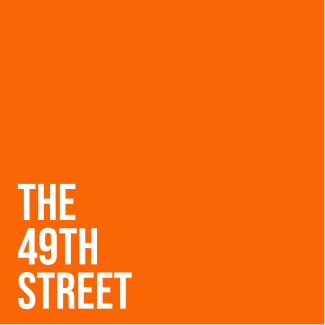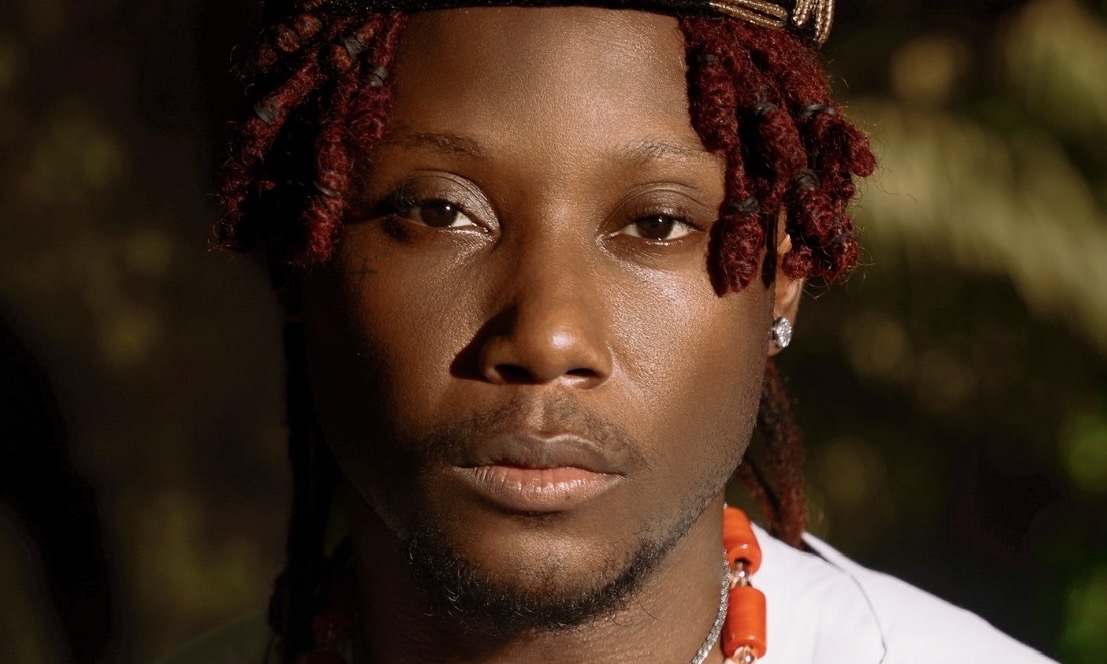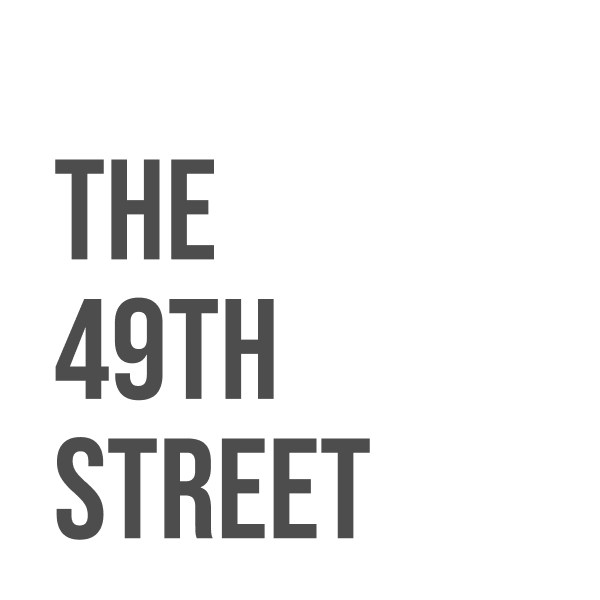In the vibrant world of Afrobeats, music isn’t the only thing making waves. Fashion is speaking just as loudly, and few voices are as distinct and daring as Joel “Gbeks” Egbeyemi’s. Joel Gbeks is one of the most in-demand stylists in the game today. Joel Gbeks has worked with some of the biggest names on the scene — from Davido to Minz and Timaya — crafting visuals that go beyond outfits and into the realm of storytelling.
In this exclusive interview, the creative visionary opens up about his styling process, his inspirations, career-defining moments, and the silent battles stylists face behind the scenes.
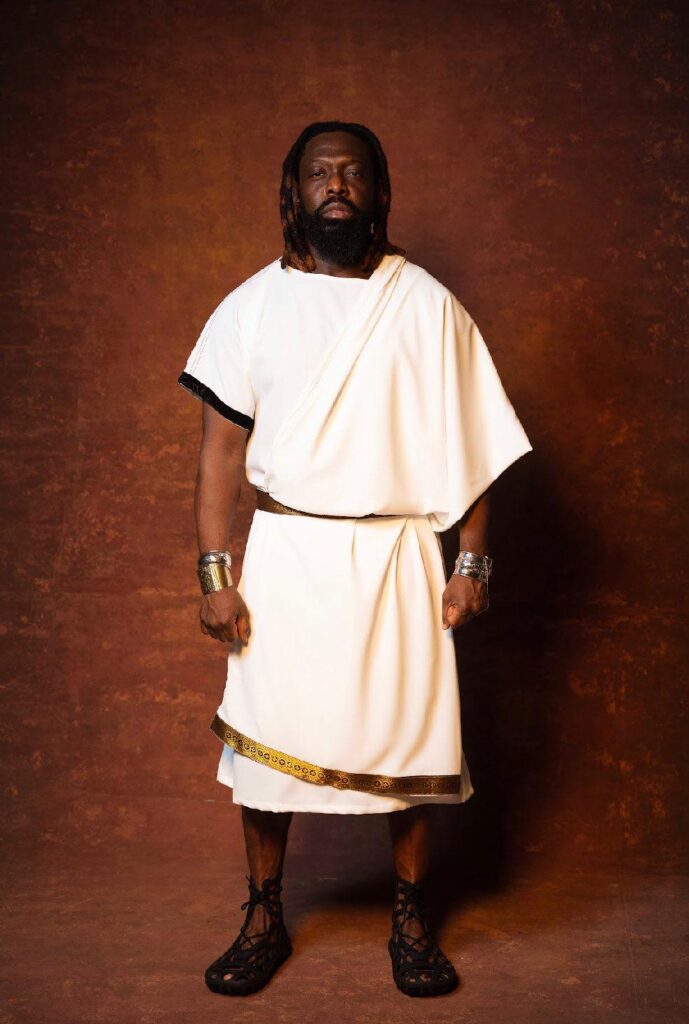
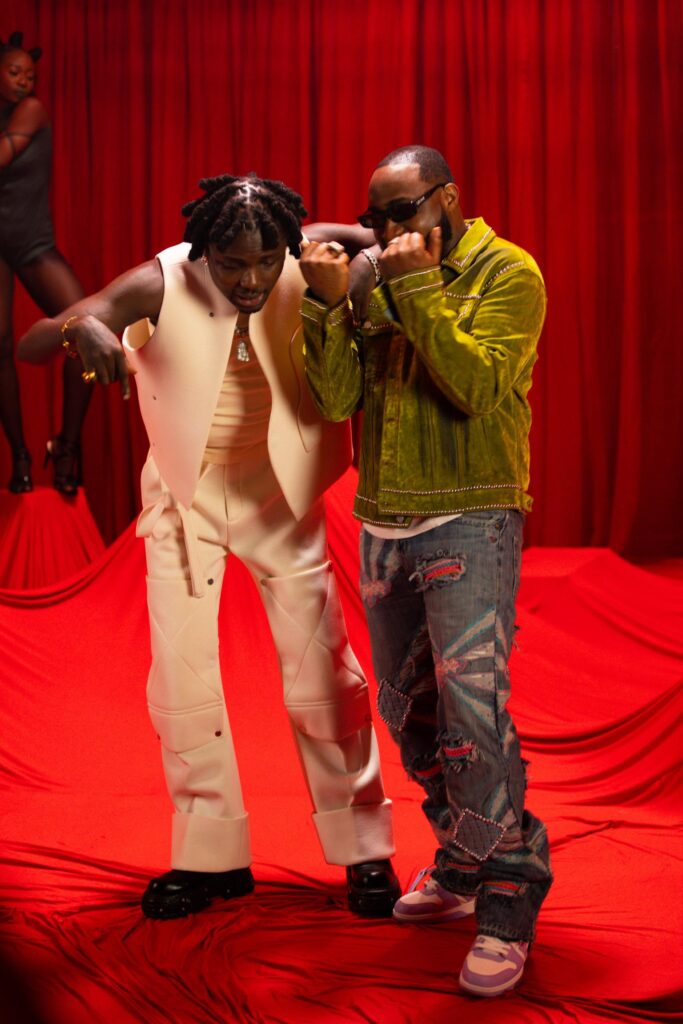

How do you begin developing a look or concept for a client or editorial shoot?
Well, first off, I say a prayer lol then I think you have to fundamentally assess the brand identity of the client or the image the client is trying to portray, and then interpret this form of art from the client’s standpoint through a comprehensive moodboard and art direction, and also infuse originality and individuality. For an editorial shoot, I think I will study the general aesthetic and tone of the say magazine feature or brand feature and translate that into a series of pictorial inspirations that we can then bring to life. This is not as easy as it sounds.
What role does storytelling play in your styling?
Storytelling is important in every form of art expression; the same applies to wardrobe styling. It all has to make sense and tell a story, from music sets to album cover shoots, and all deliverables must be in sync with the phase the client is at or going through. And even abstractly, in terms of colors, layering, and piecing, it makes everything cohesive and meaningful.
Do you follow trends, or do you aim to set them? How do you balance both?
I think it’s imperative as a fashion stylist to be in tune with what’s trendy and what’s up next. I don’t see myself as a follower in anything I’ve done, but we all get inspiration from something. So, I would say I’m super innovative with my style, it’s a gift I have. I don’t think of a balance because I have a powerful mind, so I just create.
How does your cultural background influence your approach to fashion?
It does not. It just reminds me more why I have to take my art far and beyond.
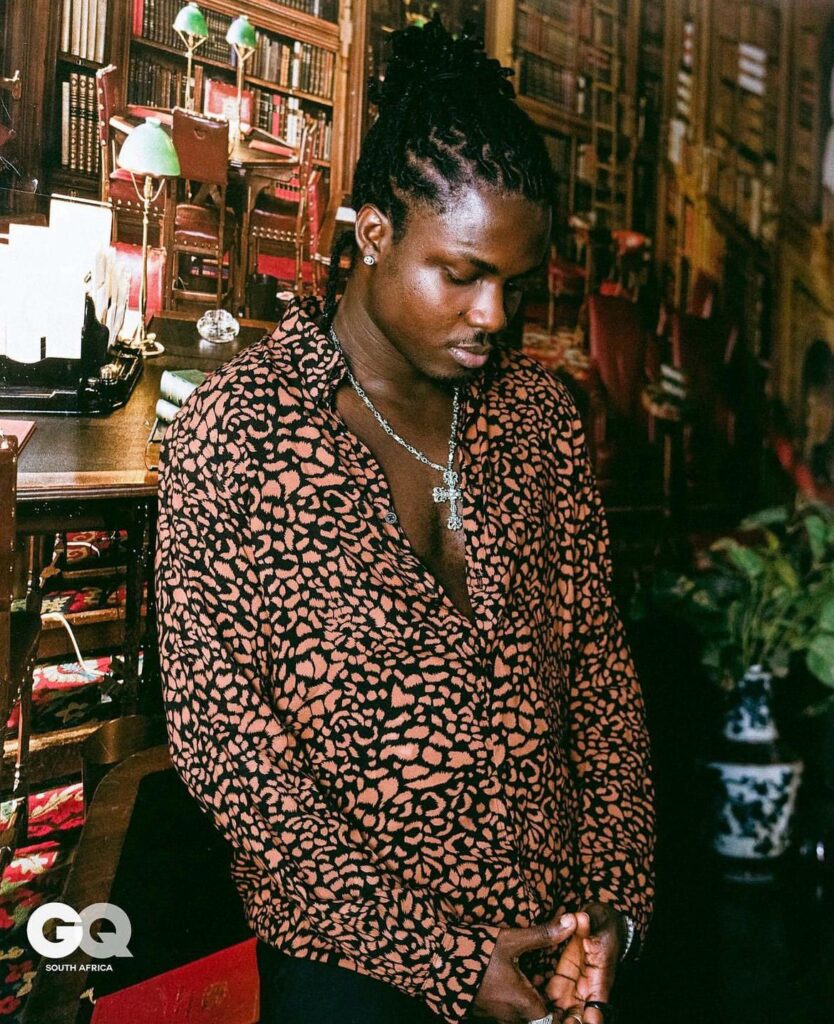
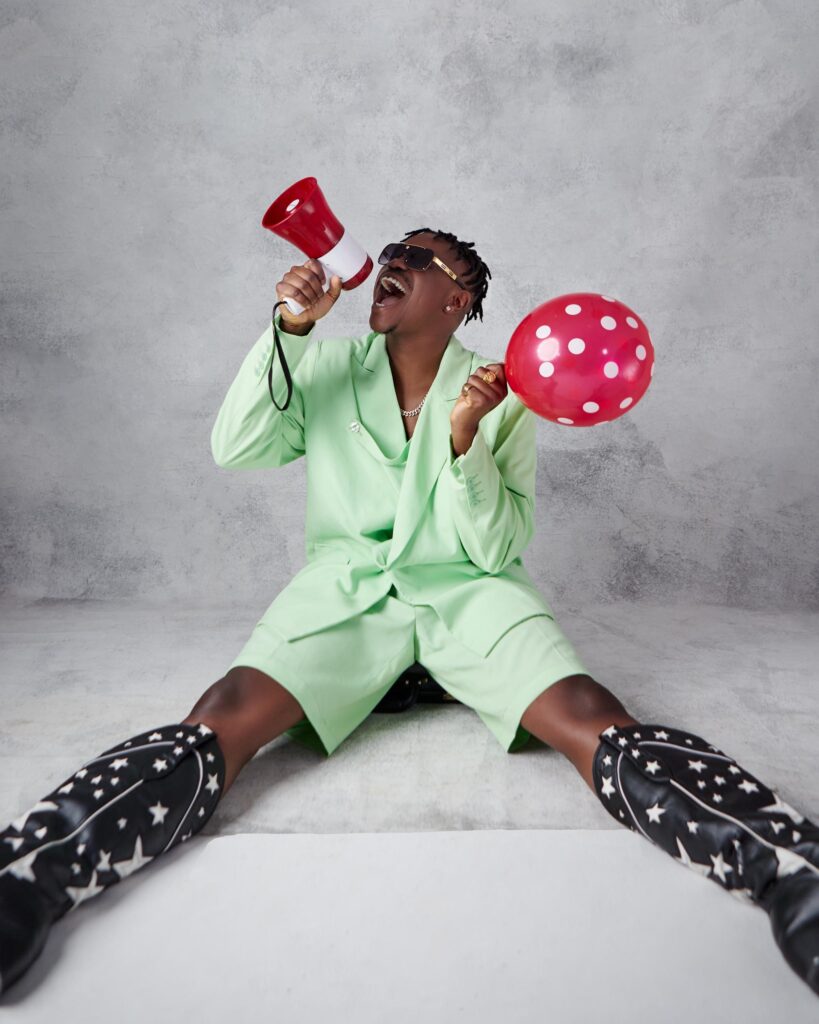
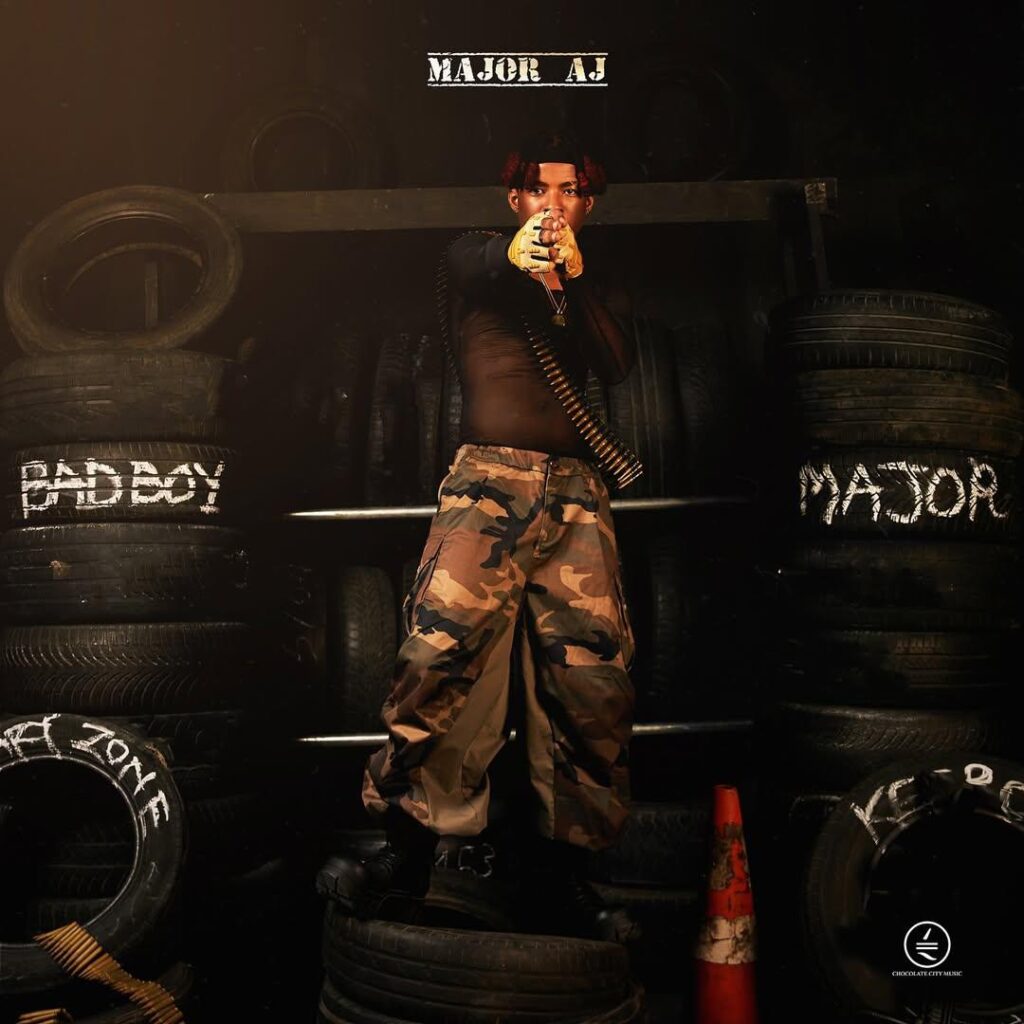
In what ways do you incorporate global or local cultural elements into your styling?
I read a lot, I watch a lot of fashion shows, and I follow a lot of fashion magazines, both global and cultural, anything that pushes the art. So I’m certain that subconsciously, my mind is absorbing a lot of elements at once. Incorporating global and local elements in my art expression is as easy as breathing air.
Are there any traditional garments or cultural aesthetics that inspire you, and how do you reinterpret them?
Pearls, I’m very fascinated by that ornament concept. I’ve interpreted them in a billion ways, both as jewelry and in clothing accessories. I also love how Africans employ the tie and dye technique. I hope to use that a lot more in my art expression.
What has been the most pivotal moment in your career so far?
I think I have two at the moment. One would be handling wardrobe styling for Davido, and the second would be Timaya vouching for me to all his friends and recommending me to one of the biggest football players in the sport’s history.
Can you talk about a project or collaboration that deeply resonated with you?
A project that deeply resonated with me was the commission I had for the By Any Minz album by Minz, one of my favorite artists. That was the first time I ever worked with an artist through a phase, which was very interesting, and I learned so much about music as a career path. All the excerpts from that phase were impeccable, shout out to ANIKEFLEXX and the amazing team.
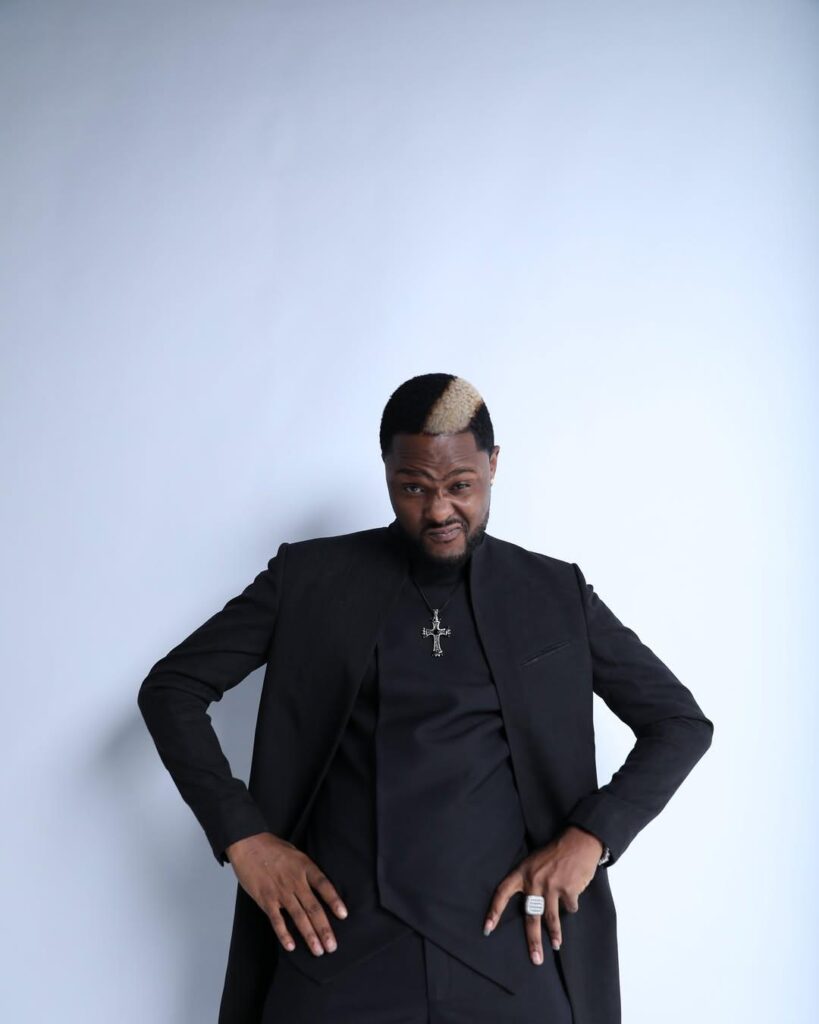
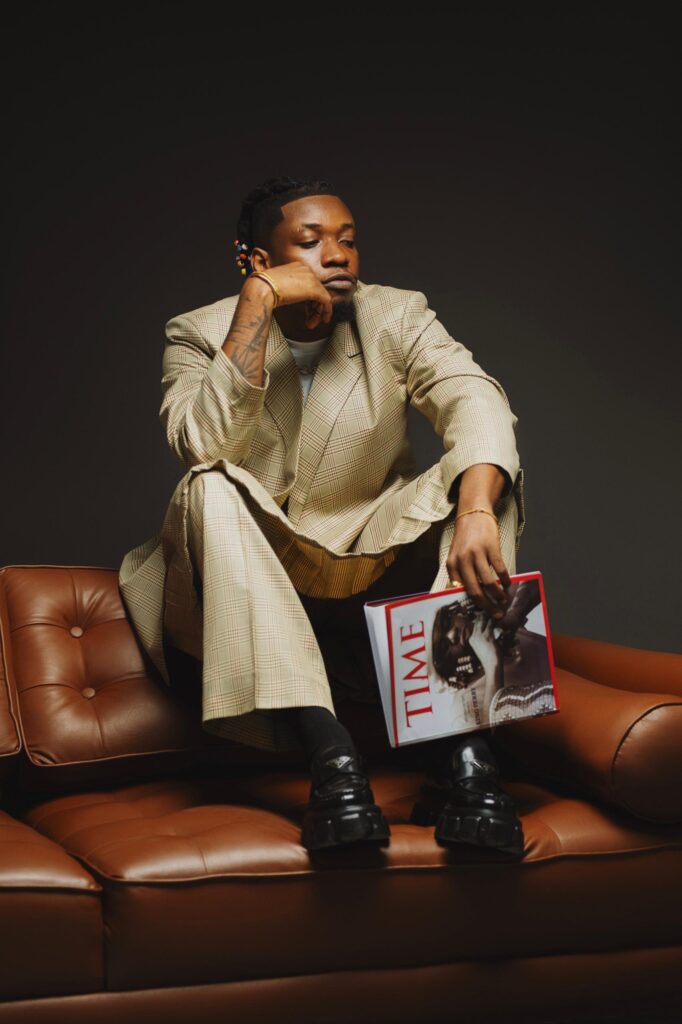
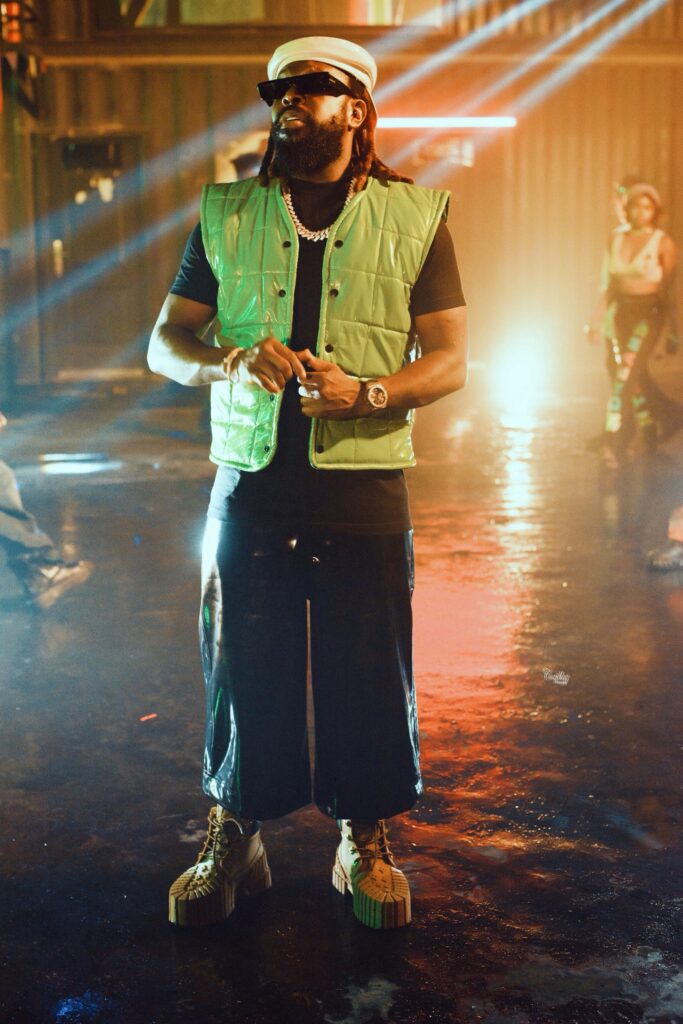
How do you navigate creative differences with clients or collaborators?
In a creative space, these are bound to happen, although in my case, I’m thankful because it’s very rare. I’m blessed to frequently work with creatives who completely trust me, but in any case, dialogue does the job, open-mindedness also, it’s beautiful what we can achieve when we all work together and are in sync.
Who or what is currently inspiring you?
Well, everything inspires me, from the most mundane to the most flawless. I get inspiration from all forms of art expression, from music to fine art, but ultimately, as corny as it sounds, I’m most inspired by God Almighty and the world he created.
What would you like to see change in the fashion industry in the next five years?
I definitely love where the fashion industry is at in this present day. It’s amazing to see, and there’s so much more greatness to come. It’s beautiful. I definitely would want more respect accorded to wardrobe stylists, especially in this part of the world. In fact, I will lay my life for that cause. Wardrobe stylists most often perform miracles. Additionally, I’d advocate for more seamless relationships between designers and wardrobe stylists.
How do you stay creatively charged in such a fast-paced, image-saturated world?
Honestly, I’m not even sure how I do it. It’s the resilience we as a people have, for one. Also, the passion and discipline definitely fuel me. And ultimately, divine strength from God Almighty. There’s so much more left to be done, and I want to be a huge part of the revolution in the fashion industry as a whole. I cannot do that by losing my charge.
Whether he’s building a look from moodboards or finding art in everyday life, Joel Gbeks is a testament to the power of fashion as both identity and narrative. Joel “Gbeks” Egbeyemi isn’t chasing trends — he’s building legacies, one look at a time. In a fast-paced industry where stylists are often overlooked, he’s standing firm on the power of fashion to tell deeper stories, shape artist identities, and spark cultural moments.
And if his journey so far is any indication, the future of fashion in Afrobeats is bright.
